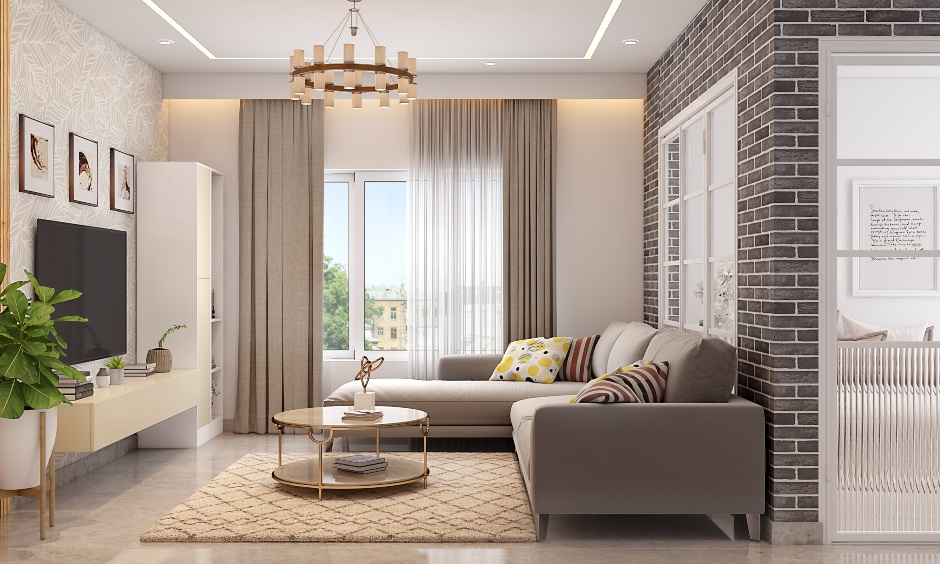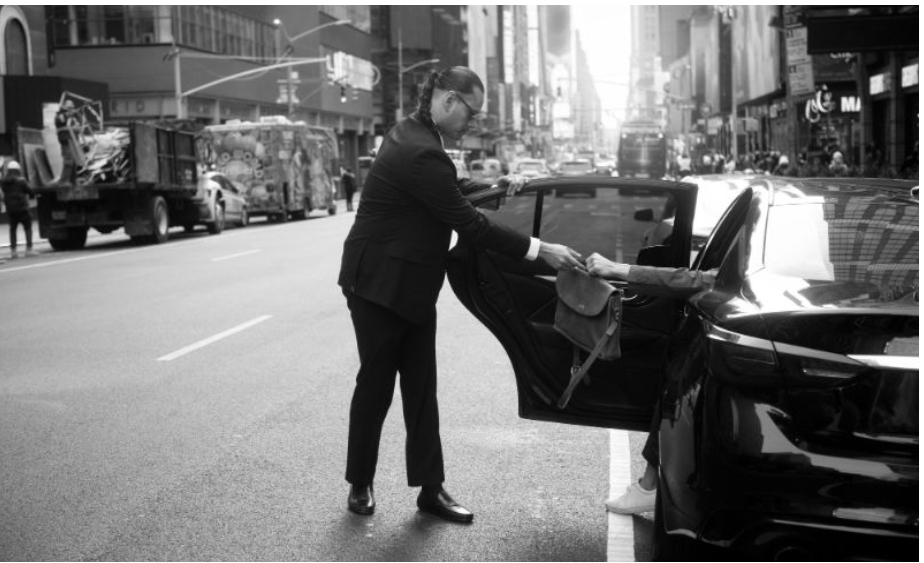Lift Interior Designs That Elevate Your Experience
In vertical transportation, interior interior design shapes passengers’ overall experience. Once considered mere functional spaces, elevators evolve into sophisticated environments that blend style with functionality. This article delves into lift interior designs, exploring how innovative concepts enhance passengers’ journeys.
The Fusion of Form and Function
Gone are the days when elevator interiors were confined to bland and utilitarian designs. Modern lift interior designs fuse form and function, seamlessly integrating aesthetic appeal with practicality. Architects and designers employ a range of materials, colors, and textures to create captivating environments within a lift cabin.
Materials and Finishes
In lift interior design, the selection of materials and finishes plays a pivotal role in shaping the ambiance of the lift cabin. Beyond mere aesthetics, these choices influence passengers’ perception of space and tactile experience. Sleek stainless steel exudes modernity and durability, while luxurious wood veneers evoke a sense of sophistication and warmth. Reflective surfaces such as glass and polished metals impart a contemporary flair and amplify natural and artificial light, creating an illusion of expansiveness within the confined space. Conversely, textured materials introduce tactile variation and visual intrigue, inviting passengers to engage with their surroundings. Each material and finish is carefully curated to harmonize with the architectural style and intended atmosphere, ensuring a cohesive and captivating environment within the elevator cabin.
Lighting Design
Lighting within lift cabins shapes the atmosphere and ensures passenger well-being. Apart from aesthetic enhancement, it is crucial in maintaining safety and comfort. LED lighting systems, now prevalent, offer versatility in generating dynamic lighting effects. These systems can adapt to varying times of the day or specific moods, adding a layer of customization to the lift experience. By strategically illuminating the interior space, designers can create an inviting ambiance that promotes relaxation and ease during vertical transit. Moreover, well-designed lighting schemes can aid in wayfinding and enhance visibility, contributing to passengers’ sense of security. As technology advances, the potential for innovative lighting solutions within lift interiors is vast, promising further improvements in functionality and aesthetics.
Space Optimization
Efficient use of space is crucial in urban environments, where every square meter counts. Elevator interiors design focuses on usable space while ensuring passenger comfort remains uncompromised. To achieve this, designers implement ingenious storage solutions, integrate foldable seating options, and strategically configure layouts within lift cabins. By cleverly utilizing vertical and horizontal space, lift interiors can accommodate more passengers without feeling cramped. Foldable seats, for instance, offer flexibility, allowing the cabin to adapt to varying passenger loads.
Additionally, intelligent storage solutions discreetly tuck away belongings, maintaining a clutter-free environment. Strategic layout configurations ensure smooth passenger flow while optimizing space for standing or seating areas. Through these innovative approaches, these designs are meeting the demands of urban environments, providing efficient and comfortable transportation experiences.
Accessibility and Inclusivity
An inclusive approach to interior design involves ensuring accessibility for passengers of all abilities. Design features such as tactile buttons, audible announcements, and spacious layouts accommodate individuals with mobility impairments, ensuring that everyone can navigate lift cabins with ease and dignity.
Innovative Technologies
Advancements in technology are revolutionizing interior design, offering various innovative features to enhance the passenger experience. Touchscreen interfaces, biometric authentication systems, and intelligent controls are becoming increasingly common, providing passengers with greater convenience and security.
Customization Options
When it comes to designing, one size does not fit all. Recognizing this, designers offer various customization options for diverse preferences and architectural aesthetics. Whether custom finishes, branded designs, or themed interiors, the possibilities for personalization are virtually limitless.
Environmental Considerations
Sustainability is a growing concern in the field of elevator interior design. Designers are incorporating eco-friendly materials, energy-efficient lighting systems, and intelligent HVAC controls to minimize environmental impact while maximizing energy efficiency. Green certifications such as LEED are driving the adoption of environmentally responsible practices in elevator design.
The Future of Lift Interior Design
As technology advances and design trends evolve, the future of lift interior design holds exciting possibilities. From interactive displays to immersive sensory experiences, the next generation of lift cabins promises to redefine how one perceives vertical transportation. With a focus on innovation, sustainability, and user experience, lift interior designs are poised to elevate passengers’ journeys in the years to come.
Conclusion
In conclusion, lift interior designs are transforming beyond mere functionality to become immersive and engaging environments. By integrating elements of aesthetics, technology, and accessibility, designers are reimagining the lift experience, enhancing passengers’ comfort, efficiency, and safety. As one looks toward the future, the evolution of lift interior design holds the promise of elevating our vertical journeys to new heights.






